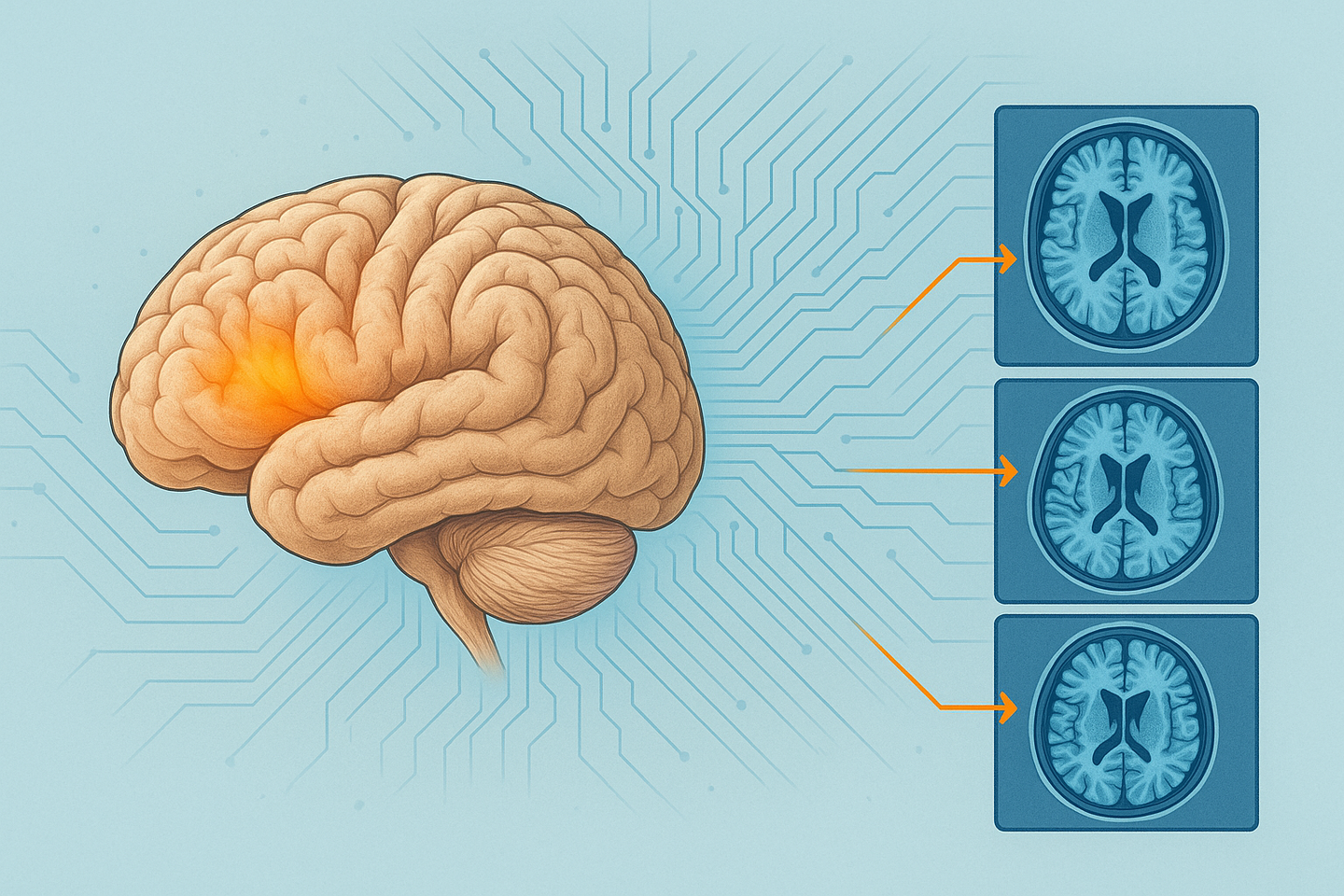Breakthrough drug therapy offers new hope for leukemia patients
A new drug combo forces leukemia cells to mature, extending survival and reducing toxicity in acute myeloid leukemia.

A new drug combo forces leukemia cells to mature, extending survival and reducing toxicity in acute myeloid leukemia. (CREDIT: CC BY-SA 4.0)
Acute myelogenous leukemia, or AML, remains one of the most aggressive blood cancers. Each year, around 44,000 people in the U.S. and Europe are diagnosed. For many, the road ahead is grim. Despite available treatments, the average survival time after diagnosis is still just 8.5 months. What makes this disease so difficult to treat isn’t just its speed—it’s its stubborn biology.
AML stops young blood cells, called myeloid progenitors, from maturing in the bone marrow. Instead of becoming healthy blood cells, these immature cells pile up in the body. That buildup blocks the normal process of making blood, called hematopoiesis, and interferes with vital functions like oxygen transport and immunity.
But recent work from scientists at multiple research institutions, including Ludwig Cancer Research and published in the journal Nature, may offer a turning point. By focusing on the root problem—the block in cell differentiation—a promising new two-drug therapy might push these cancerous cells to grow up and calm down.
Not all forms of AML are the same, but they all share the differentiation problem. One subtype, called acute promyelocytic leukemia (APL), has already been treated successfully by targeting this issue directly. Doctors use a pair of drugs—ATRA and arsenic trioxide—to force APL cells to finish maturing. That treatment cures around 95% of APL cases.
This success gave scientists hope: maybe similar tactics could work for other kinds of AML. However, until now, efforts to recreate this success have mostly fallen short.
“Impaired differentiation is a hallmark of myeloid cancers,” explained Dr. Yang Shi, one of the study leaders. “The drug combination we have identified works by activating genes that drive cell differentiation while suppressing those that promote cancer growth.”
Related Stories
The team set out to create a therapy that mimics what works in APL, but in a way that applies to more AML patients. Instead of using toxic chemotherapy that kills everything, they wanted to guide leukemia cells back toward normal behavior.
The researchers began by looking at enzymes that control which genes get turned on or off in cancer cells. One of these enzymes, LSD1, was discovered in 2004 by Dr. Shi and his colleagues. LSD1 helps maintain the stem-like state of AML cells and is found at high levels in this cancer. When LSD1 is blocked, AML cells start to mature.
But there was a problem.
“While LSD1 inhibitors have been developed and shown to induce differentiation in AML stem cells, they’ve had limited success in clinical studies owing to their toxicity when used alone,” said co-lead author Dr. Amir Hosseini.
So, the team searched for another drug that could work with an LSD1 inhibitor, allowing them to use a lower—and safer—dose. After screening various drugs in mouse models, they found a winner: an inhibitor of an enzyme called GSK3.
This GSK3 inhibitor, already being tested in cancer trials, seemed to be a good match. When used alongside a low dose of the LSD1 inhibitor, the two drugs worked together to push immature leukemia cells to mature and stop dividing. The results were strong across multiple AML subtypes.
In laboratory experiments, the drug combo caused leukemia cells to change shape and behavior. It turned on key genes that promote cell maturity and turned off others that allow cancer to keep spreading. For example, the combo activated parts of the type I interferon pathway, which supports immune function and cell differentiation. It also suppressed the WNT pathway, which is often linked to cancer growth.
One crucial finding involved a protein called β-catenin, which GSK3 normally degrades. By blocking GSK3, β-catenin was stabilized and allowed to help trigger key genes alongside other transcription factors like IRF7 and STAT1. These changes helped steer cells toward normal development.
In mouse models implanted with human AML cells, the treatment did more than slow cancer—it extended survival. Even better, the combo appeared to spare healthy blood cells. This suggests the treatment could target cancer cells while reducing the risk of harmful side effects.
“We are also encouraged by the observation that the gene expression signature induced in leukemic cells by this combination therapy correlates with that observed in the cancer cells of AML patients who live relatively longer,” said Hosseini.
In short, the therapy not only works in preclinical models but may also reflect patterns seen in real patients with better outcomes.
This strategy—pushing leukemia cells to differentiate—is not new, but the dual targeting of LSD1 and GSK3 marks a promising evolution. The combo therapy seems to reprogram cancer cells at the genetic level. It removes their ability to act like stem cells and forces them to behave more like regular, harmless cells.
The researchers also checked how the combo affected self-renewal. Cancer’s danger often lies in its ability to copy itself endlessly. But after being exposed to this drug combo, leukemia cells lost that power. Even after the drugs were removed, the cells could no longer form colonies—a key sign that their stem-like behavior was gone.
Importantly, the combo did not harm healthy mouse bone marrow cells. Tests on macrophages and stem-cell-rich populations found that normal cell functions stayed intact. This increases hope that the therapy might be safer for people too.
AML patients who aren’t eligible for stem cell transplants typically rely on standard chemotherapy or targeted treatments like venetoclax. Yet survival rates remain low for many. This new approach could offer an alternative path—one that isn’t about wiping out cells but restoring their balance.
“Our findings provide compelling evidence to support the testing of this combination therapy in AML patients,” said Shi. “Both of the inhibitors involved are not only available but have already been developed for human use and are currently being evaluated in clinical trials.”
What’s more, this combo could have implications far beyond AML. Since the WNT pathway plays a role in many cancers, this method of rewiring gene expression may help tackle other aggressive tumors as well.
With more studies ahead, scientists are hopeful that a once-overlooked strategy—helping cancer cells grow up—might become a powerful weapon in the fight against leukemia and beyond.
Note: The article above provided above by The Brighter Side of News.
Like these kind of feel good stories? Get The Brighter Side of News' newsletter.



